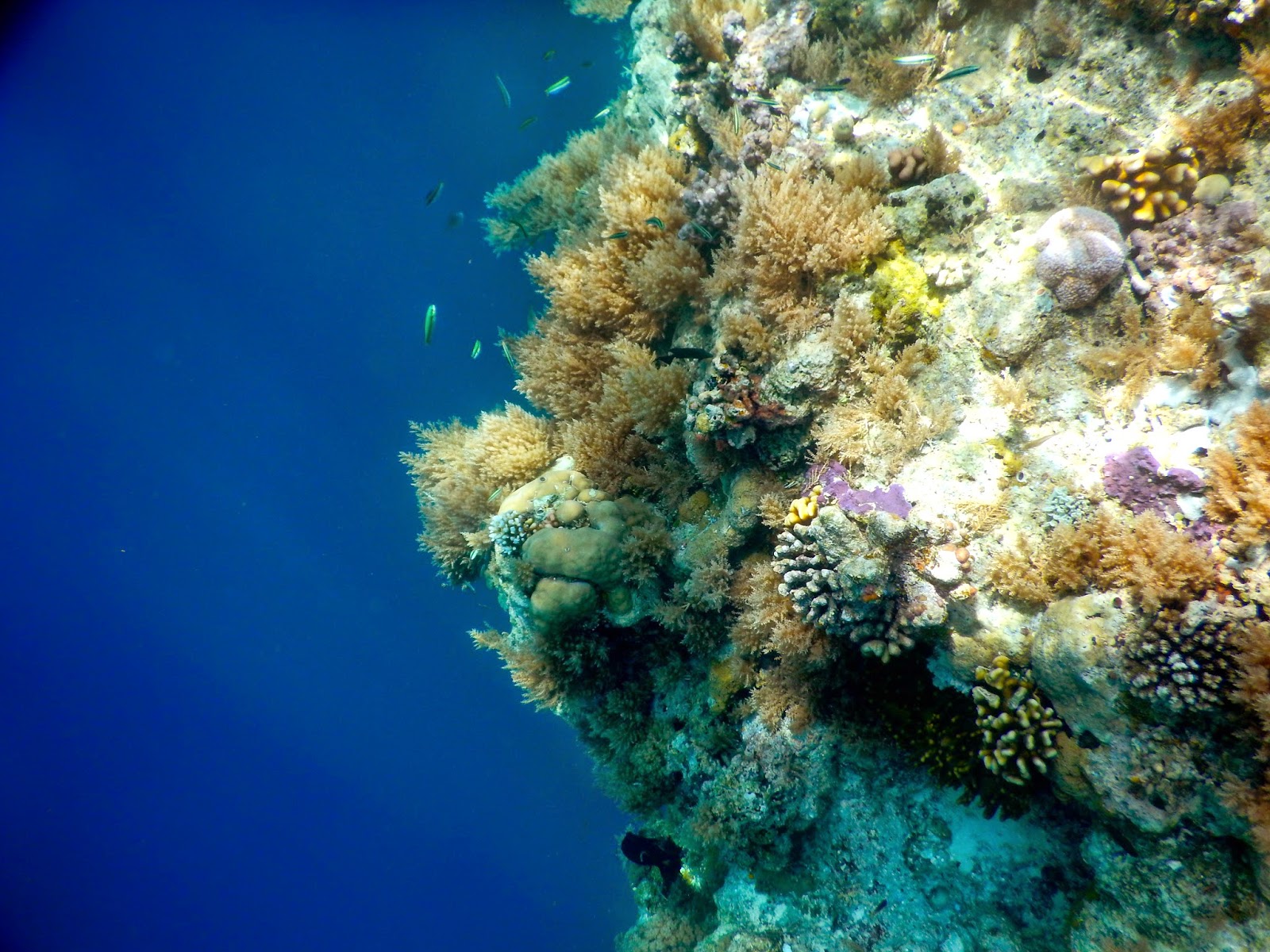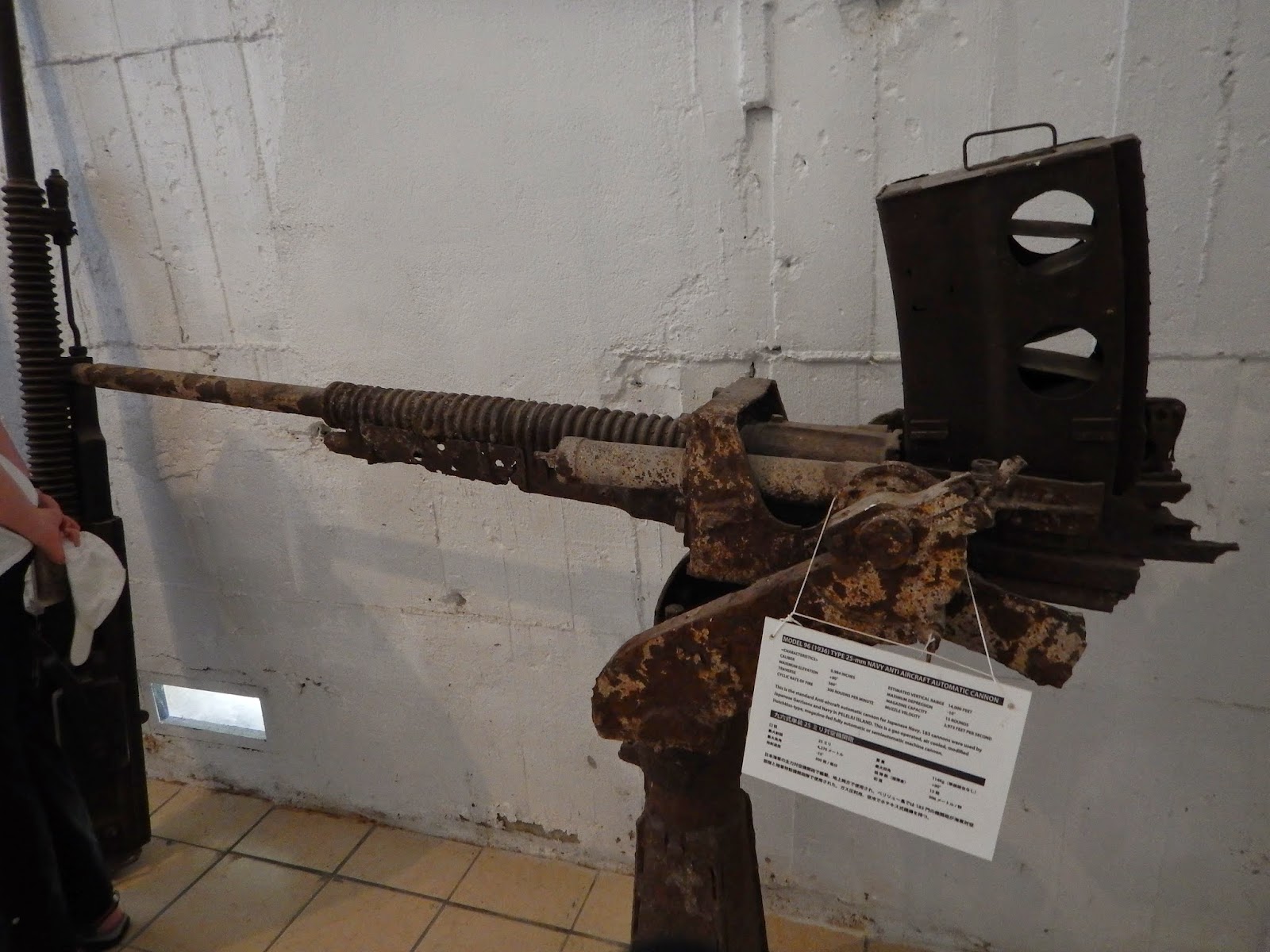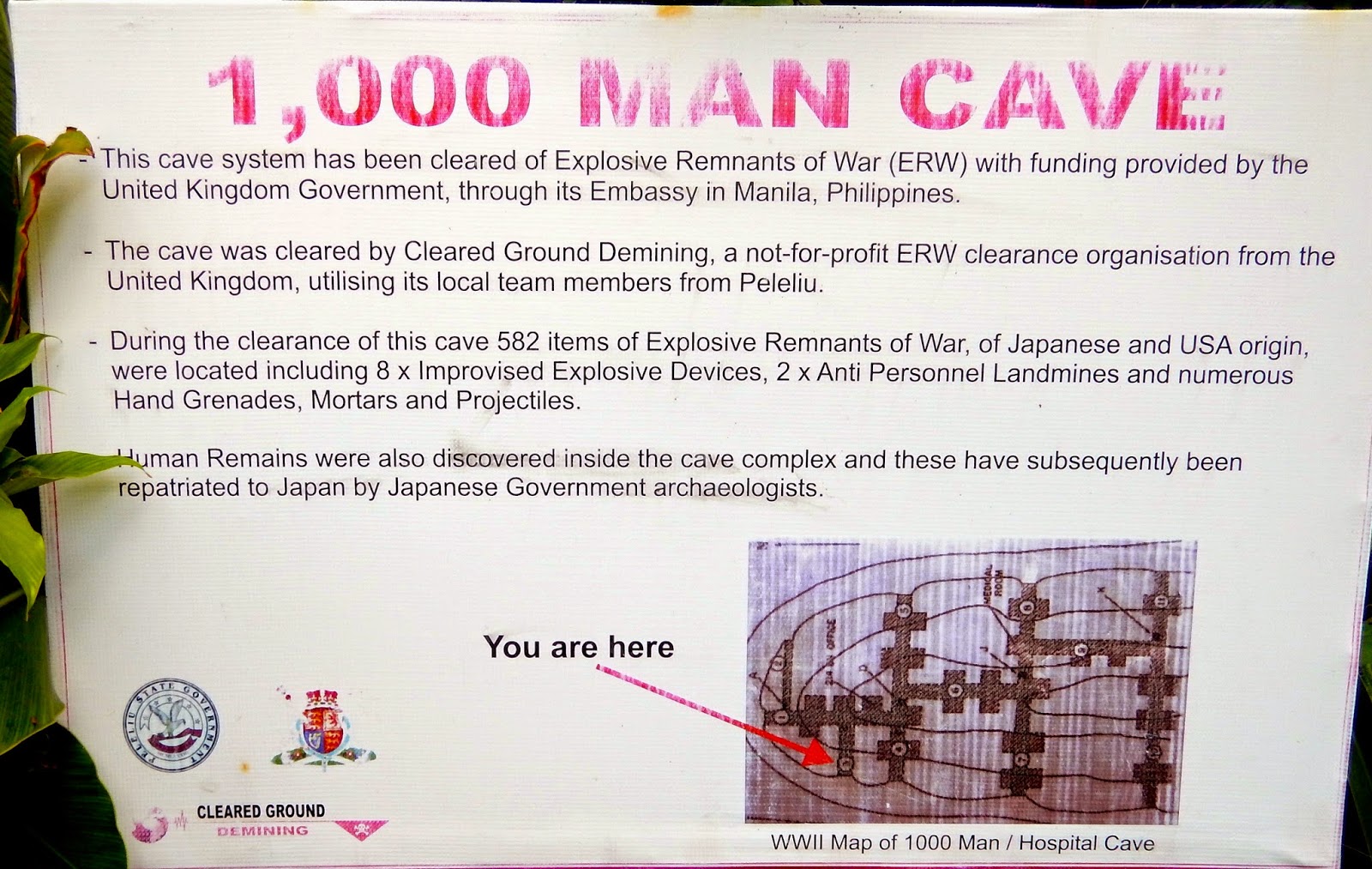PROLOG: This first post covers the trip to the WWII Battlefield where my dad fought. He survived the battle and lived to bring up his family. He died in 1992 and talked little of this battle. I think it took its toll on him. This trip has always been on my "bucket" list, as I wanted to better understand what it must have been like to be in the Pacific's most costly amphibious assault - a 46% casualty rate. I think I understand it a little better now, but will never really know how what it was really like. I am so thankful for having had this opportunity to make this visit with my wife Kathy and Grandson Cameron.
The posts after this one will cover our adventure in what turned out to be one to the most beautiful places we have ever been in the world. It turns out the Republic of Palau is know world wide for its snorkeling and diving.
Please forgive my amateurish blogging. Advice always welcome! Thank you for visiting!!
THE STORY:
Here is our story of our visit. But first, where is Peleliu? This is a question we were often asked and we started telling people it was in Micronesia....blank looks. The best to describe it into say that it is just above the Equator and about halfway between the Philippines and New Guinea. We stayed in Koror, but my dad fought 71 years ago in Peleliu. It is at the bottom of the inset below

I first wanted to better understand the battle of Peleliu and try to remember what my Dad told me about the battle. The most amazing thing I remember him saying was that it took 1,500 rounds of machine gun ammunition for each Japanese killed. It seems that this battle was the prelude to Iwo jima where the Americans learned how well "dug in" the japanese were and what it would take to dislodge them from the island. It was a miserable existance, from all I could tell. My dad was not very open about what happened but I do remember him being quite sad when he described how difficult it was to remove 10,000 Japanese from the island. As one former vet said, it was the worst place to serve in the Pacific, but serve they did,both Marines and Army. Here are some pictures which helped us get a sense of what had happened here.


To get here it is not simple. Denver to San Francisco to Honolulu to Guam to Palau. Thirty hours and four different airports. Cameron is coming with us. He is the military history buff.
Several generals (including Admiral Halsey) wanted to bypass it, but Admiral Nimitz refused, ostensibly because the invasion had started and he did not want to stop it! It was such an out of the way piece of earth with no real strategic importance to the war effort. My Dad fought with the 81st Infantry Division - the Division that finally conquered the island. While it was initially assaulted by the marines, they had a general whose only strategy was to charge directly into enemy fire. (thus high casualties)
.
The 1stMarine Division was shattered. It suffered total casualties of 6,526 men - severe losses considering that each infantry regiment started with about 3,000 men. The 81st Infantry Division went in after the Marines and they engaged a strategy designed to slowly encircle the enemy and close in on them. However, they also sustained major losses.
The army’s 81st Infantry Division casualty list was 3,278 men (542 KIA and 2,736 wounded). 10,000 Japanese soldiers were killed. Between the marines and army, the casualties were almost equal to the Japanese killed.
The high casualty rate in Peleliu exceeded all other amphibious operations during the Pacific War.[4]
Postwar statisticians calculated that it took US forces over 1500 rounds of ammunition to kill each Japanese defender, and that during the course of the battle, the Americans expended 13.32 million rounds of 30-calibre, 1.52 million rounds of 45-calibre, 693,657 rounds of 50-calibre bullets, 118,262 hand grenades and approximately 150,000 mortar rounds.[8
' The Japanese were holed up in an almost impenetrable series of caves and underground bunkers, which ran throughout the center of the island on the higher elevation. These strongholds were not visible from the air and had not been discovered by early island reconnaissance.'
Getting There
Arrive after an hour boat ride from Capitol of Palau ( in the State of Koror), to the State of Peleliu. Look who got here before us!
The Japanese had occupied Peleliu for 30 years prior to our arrival in 1944. They had dug in well and created all manner of caves and hide outs. Something our "intelligence" had no idea existed and the Americans expected to take Peleliu in 3 days max. The fighting continued for almost three months.
We arrive in Peleliu to find that the Japanese visit this sight just as much as americans. Notice the name of the ship.
Here is our Welcome Sign
And our Philipino Tour Driver. " Rowel"guided us to all sites. Peleliu has a population of about 600 persons. Most are fully dependent on tourisism
Our first sign was incredible. Imagine 34 Japanese soldiers missed the fact that the war was over. The stayed "dug in" for two and a half years after the war. (Apparently their "wifi", like ours, did not work :) )
.
These machine gun nests were so heavly fortified
that it was nearly impossible to kill the Japanese
Peleliu WWII museum - Built into a former Japanese headquarters. Under museum sign see the "mine" which was one of many set in the water by the Japanese to stop the invasion.
Pix of Cameron on White beach – the first beach to
be assaulted on Sept 15, 1944. The Marines were met by heavy machine gun, morter, and grenade resistance.
Picture of actual landing on White beach after the initial resistance was defeated. But this was only the beginning of this story - where the US was expected to occupy the island in 3 days........... Heavy bombardment by the U.S. completely stripped the tropical vegetation from the landing beaches. In the 71 years since the battle it has all returned.
It was a hot, humid, rocky battlefield
Machine gun emplacements in White beach –
not easy to spot! Made it very difficult to capture
Bill Kathy and Cameron inspect 500 pound bombs – obviously not exploded!
Japanese 25mm anti aircraft Cannon - fires 300 rounds per minute, 183 found at Navy garrisons on Peleliu. 15 round Magazine on top.
Captured Japanese flag
Pix of Japanese commander who committed "hara kari" at end of liberation of Peleliu. All 10,000+ japanese died. We had a number of Palauans thank us for my dad's service in removing the Japanese from their native island.
Machine gun emplacement design demonstrates how difficult it was to "take these out" with ship cannon fire and aircraft bombing. The entrance is protected by the large concrete blocks so that an explosion, other than direct hit, would not effect the entrance.
Officers and men of Imperial forces – request to
surrender by Allied forces – actual leaflet translation.
Japanese flag poster found in bunker
Purple beach - where the 81st Infantry division landed. My dad among them. They also encountered heavy machine gun, mortar, and grenade resistance.
Purple beach, matching gun emplacement hidden in trees to right ( no trees at time of attack)- These cross beach machine guns fired continuously strafing in an X pattern from both sides of the landing area.
Japanese Tank, slightly rusted!
1000 man cave sign. Notice how extensive the mining was to create this labyrinth of rooms and exits.
1000 man cave entrance. The sign at the end gave directions.
Soldiers makeshift memorial to 81st infantry division
Official Memorial made of Coral, to 81st Division
Photograph of my Dad before invasion taken by US signal corp during training maneuvers almost exactly 71 years ago. The Division is viewing demonstration in the background. (We recently found this photo in WWII Archives)
421. Photograph. 81st Infantry
Division officers; one speaking into field telephone in jeep during training
maneuvers. “2-12-44. 1500. Barry.
Lt. Col. Wm. [William] R. Woodward of G-3,
and Capt. Walter B. Blevens standing by jeep containing radio equipment used in
directing approach of Vought Bombers as they fly over the target.
168-L-44-417.” Army Signal Corps photograph. Photographer: Barry. Morro Bay,
California. 12 February 1944
That is all.
See next post


































































